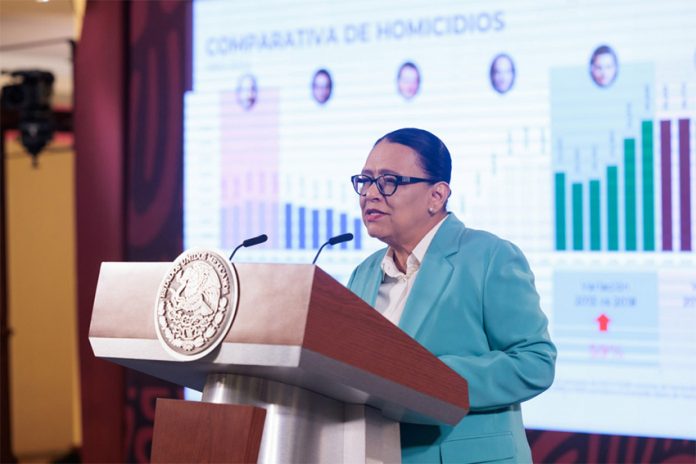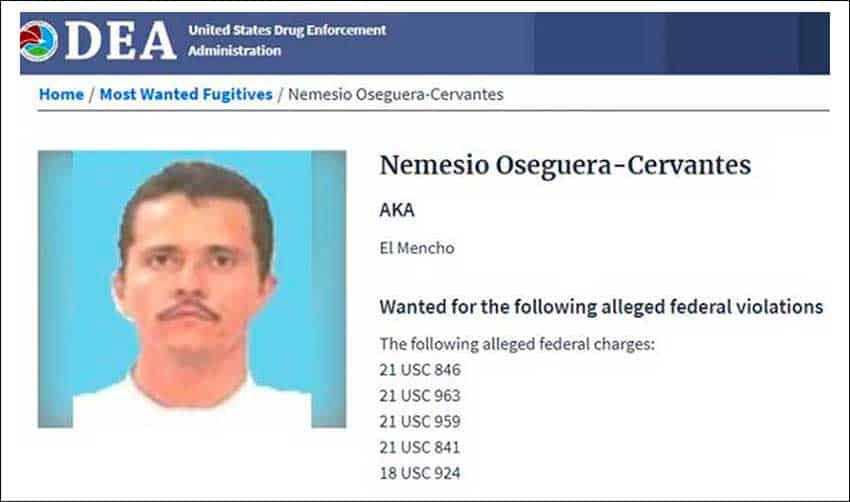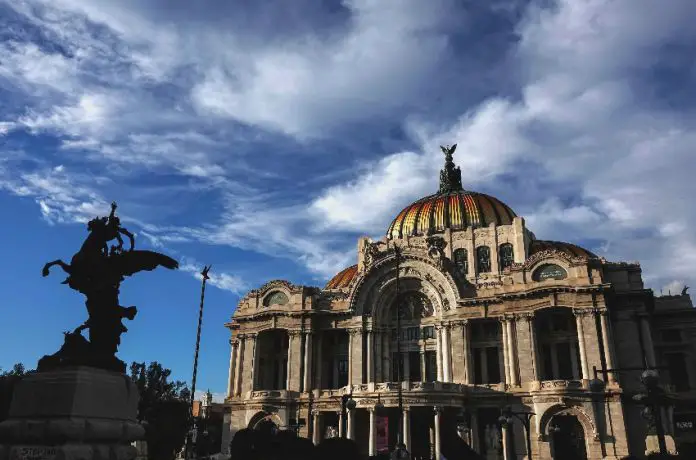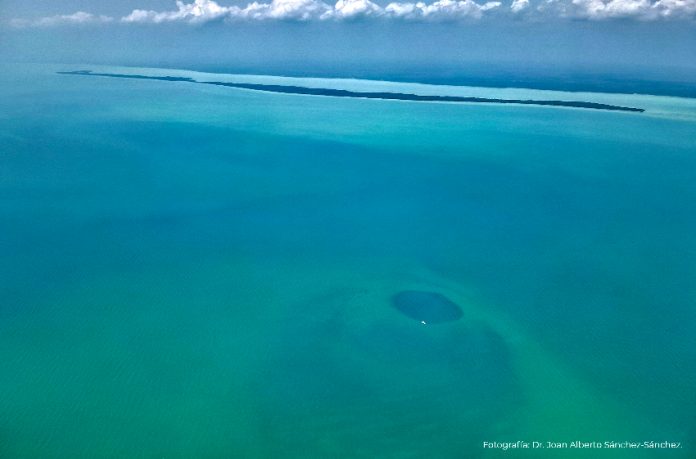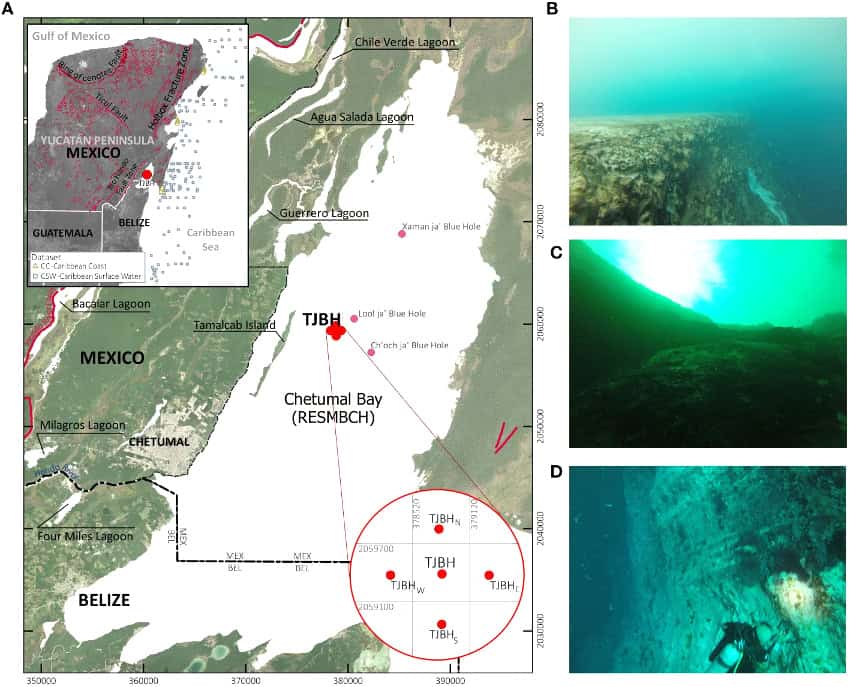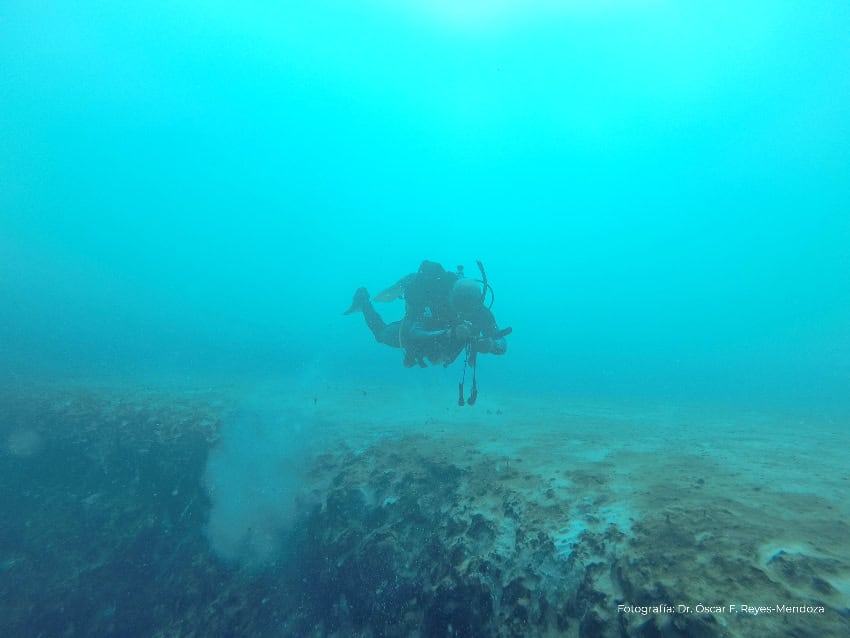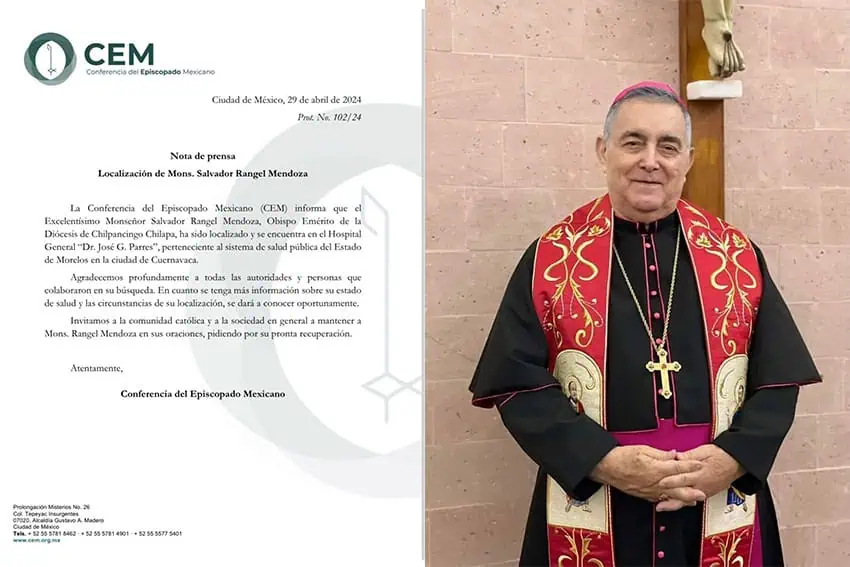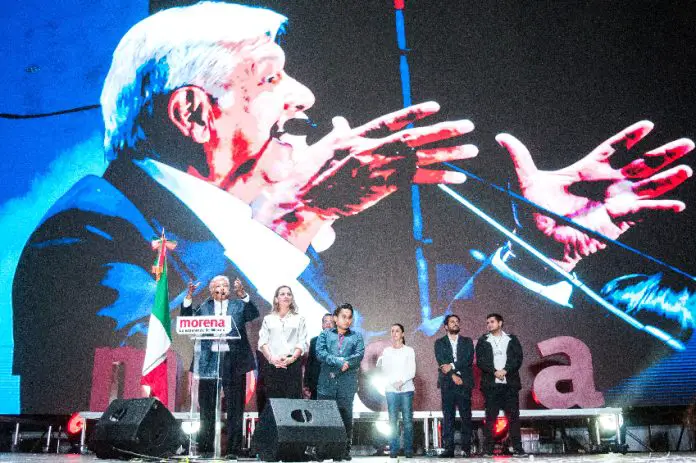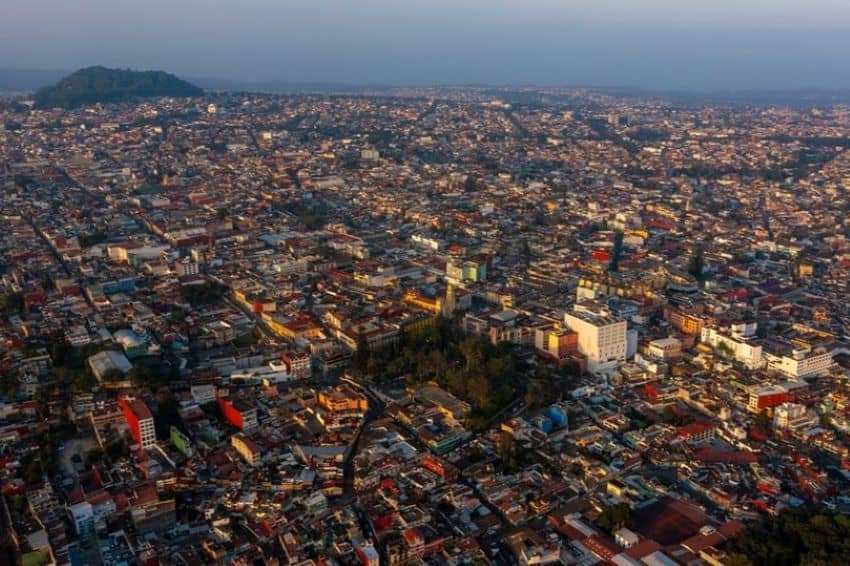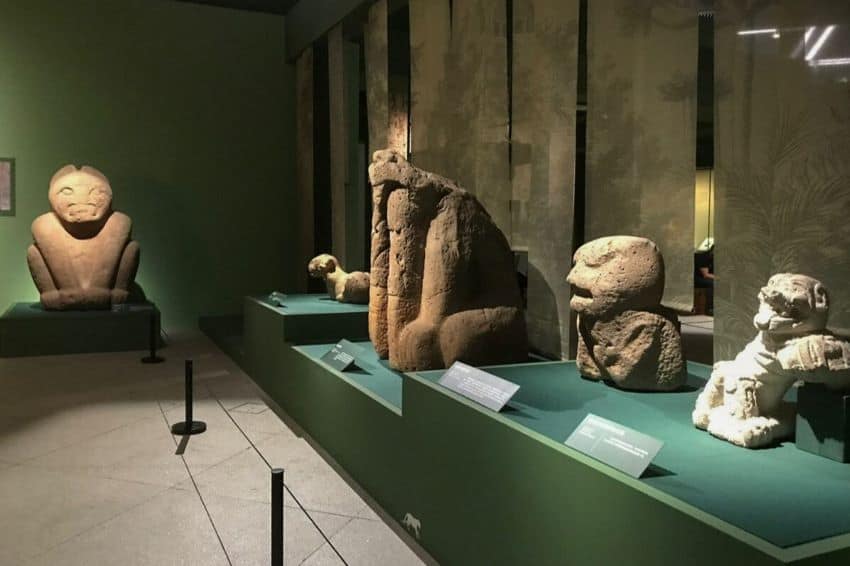The Cancún–Tulum Corridor wasn’t the first stretch of México’s coastline to be given the descriptor “riviera,” a word more commonly associated with scenic shorelines in France and Italy. In the 1960s, three decades before the state of Quintana Roo rebranded its most popular beachfront tourist destinations as “Riviera Maya,” Princess Cruises coined the term “Mexican Riviera” to refer to Pacific Coast ports of call.
The Riviera Maya, of course, is a major cruise ship destination in its own right. Of the 9.3 million people expected to take cruises to Mexico this year, nearly 35 percent are expected to visit Cozumel, making it the country’s top cruise port. But the Mexican Riviera, made famous by the participation of Princess Cruises in the iconic television series “The Love Boat” during the 1970s and 80s, retains its enduring allure, with three of its premier destinations – Ensenada, Cabo San Lucas, and Puerto Vallarta – projected to be among the top five most visited ports in México this year.

How Many Cruise Ships Visit Cabo San Lucas and the Mexican Riviera?
The number of cruise ships that visit Cabo San Lucas varies from month to month and year to year. In 2022, for example, 276 vessels visited the Land’s End city, bringing more than 540,000 passengers. For the math-challenged, that’s an average of 1,956 tourists per ship. Of course, it bears noting that each cruise ship has a different capacity. Oceania Cruises’ Insignia, and Regent Seven Seas Cruises’ luxurious Seven Seas Grandeur and Seven Seas Mariner all carry less than 750 passengers. For Carnival Cruise Lines’ Carnival Panorama and Royal Caribbean’s Navigator of the Seas, by contrast, it’s around 4,000 each.
Each of these ships, by the way, visited Cabo San Lucas in January 2023, the busiest month ever recorded for the destination, with over 103,000 shipboard tourists. As did ships representing Princess Cruises, Holland America, Norwegian, and Viking Ocean Cruises.
It was an atypical month in terms of volume, but instructive in that there are typically plenty of options, allowing prospective cruisers to choose the ship that best suits their budget, the number of days they want to spend aboard (five and seven-night cruises from California ports like Los Angeles and Long Beach are lengthy enough to include Cabo San Lucas), and the amount of port time they desire. Navigator of the Seas, for instance, is one of the few ships to offer cruises with overnight stays in the city.
What’s the Best Time to Visit the Mexican Riviera?
There’s only one season when cruise ships aren’t plentiful: summer. In 2023, seven port calls were recorded each month for June, July, and August, and only two cruise ships – Carnival Panorama and Navigator of the Seas – were regular visitors during this slow season. October through April, meanwhile, are the peak months, mirroring the traditional high season for Cabo San Lucas. These seven months saw 217 of the 254 cruise ship arrivals last year.

That’s not to say summer isn’t a good time to visit, as fares are often lower. But the options are limited. These months also fall within hurricane season (May to November), so there is a small possibility – particularly during September – that port visits can be canceled because of inclement weather.
How Much Time Do Passengers Have Ashore?
Cabo San Lucas is a tender port, meaning cruise ships have to anchor in the bay and have guests ferried to a Marina dock where they can disembark. That’s because the Cabo San Lucas Marina can only accommodate boats up to 375 feet long and the average cruise ship is about 1,000.
The time permitted ashore varies from ship to ship. A survey of cruise vessels arriving in April 2024 shows an average of about six hours for passengers to explore the destination. To get the most out of your port call, get in line early for tender transport. It takes only about 15 minutes to get from the cruise ship to dry land, but that doesn’t account for the time that can be spent waiting in line.
Best Shopping, Dining, and Activities Options

Most cruise ships have a list of approved shore excursions for which guests can sign up in advance. These range from snorkeling at Land’s End and fishing for marlin and other game and billfish to spending the day at a local luxury resort. The benefit of approved excursions is that there are no worries regarding overstaying one’s allotted time. The list of potential activities is lengthy, too. Cabo Adventures, which works with cruise ships, notes that all of its activities save those requiring trips to Cabo Pulmo or La Paz are available for cruise ship passengers.
For those who want to explore at their own pace, the biggest and most popular local beach – Playa El Médano – is a favored destination. It’s accessible by following the marina boardwalk around from the cruise dock. This takes about 30 minutes, however, so water taxis are a convenient shortcut. You won’t need to solicit them either. Drivers’ voices will be among the many that vie for your attention on this popular waterfront promenade.
Restaurants and souvenir shops abound on the marina boardwalk and nearby downtown area. Considering Cabo San Lucas’ reputation for great fishing, it should be no surprise that locally caught seafood is a specialty. Solomon’s Landing and Baja Cantina, long-time marina fixtures, are good places to experience this delicious ocean bounty. Mango Deck and The Office on the Beach also offer seafood and Mexican cuisine and are among the top drinking and dining destinations on Médano Beach.
Cabo Wabo Cantina, founded by Sammy Hagar and his then Van Halen bandmates in the early 1990s, is a popular downtown stop for waburritos, margaritas, and souvenir t-shirts. Cobalto Pottery and Zen-Mar Folk Art, located nearby, will appeal to shoppers of a more discerning bent.

Yes, it is possible to visit San José del Cabo, the other cape city in Los Cabos. Buses, rental cars, taxis, and Uber will get you there. Rental cars allow more freedom and will prove cheaper than Uber and taxis, with the latter notable for their exorbitant rates. A U.S. driver’s license permits you to drive legally locally. The Gallery District is a preferred place to browse for those who make the trip.
Pesos Vs. Dollars
Everyone takes dollars in Cabo San Lucas, so it isn’t necessary to exchange money before your cruise (not every ship provides exchange services onboard) or once you’ve come ashore. However, it’s certainly preferred for those who are budget-minded. Businesses in Los Cabos establish their own favorable exchange rates, so if you pay in dollars you’re likely to lose a few of them on every transaction. This transaction loss adds up. It may only cost you $20 or so during your day in port, but if your cruise features multiple Mexican port visits, pesos are a recommended investment. Visit your bank before getting underway for the best rate.
If you’re using credit cards, foreign transaction fees of 1% to 5% may be applied to each purchase. However, not all local businesses accept these types of payments.
Chris Sands is the Cabo San Lucas local expert for the USA Today travel website 10 Best, writer of Fodor’s Los Cabos travel guidebook, and a contributor to numerous websites and publications, including Tasting Table, Marriott Bonvoy Traveler, Forbes Travel Guide, Porthole Cruise, Cabo Living and Mexico News Daily. His specialty is travel-related content and lifestyle features focused on food, wine and golf.

